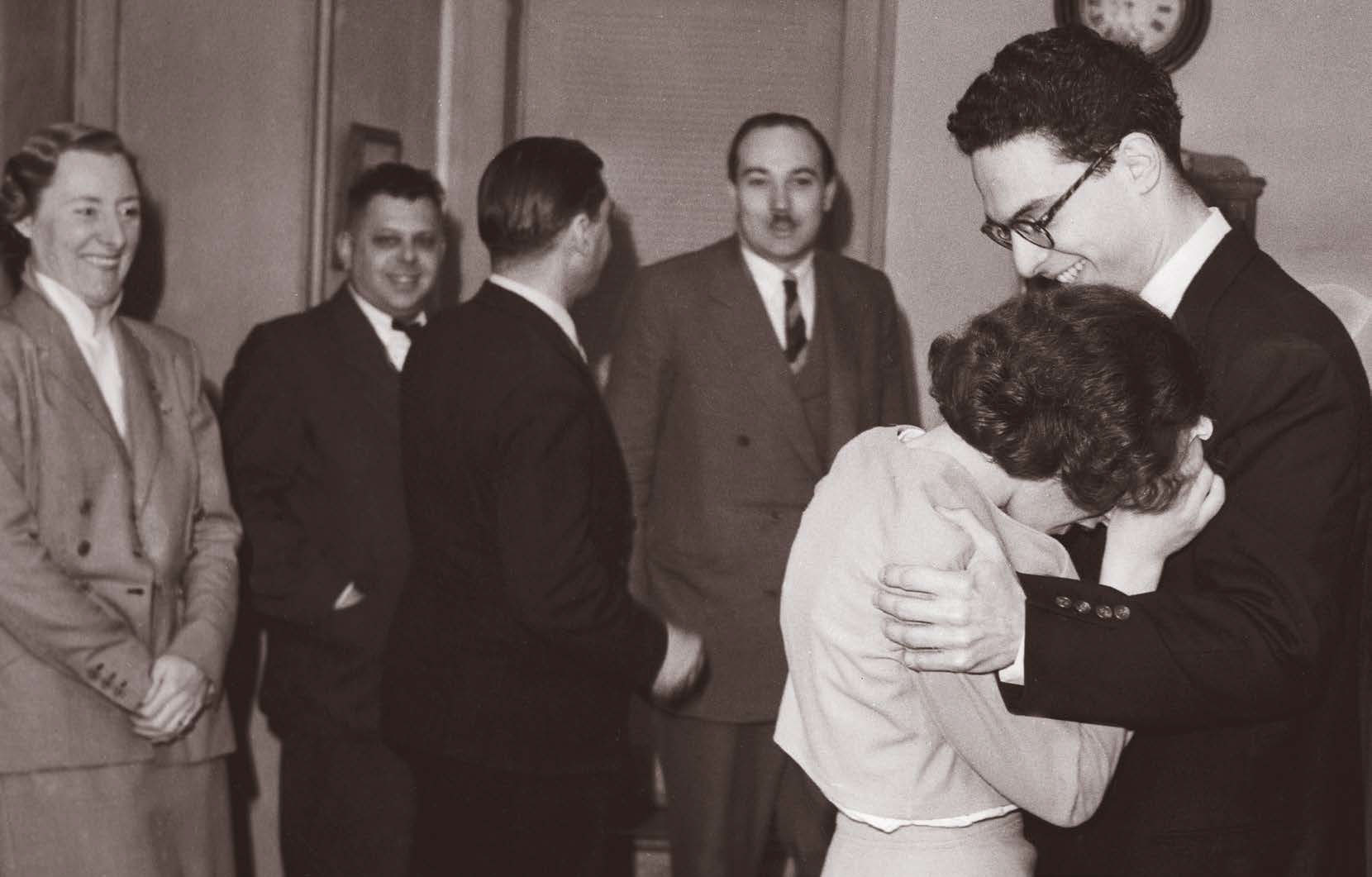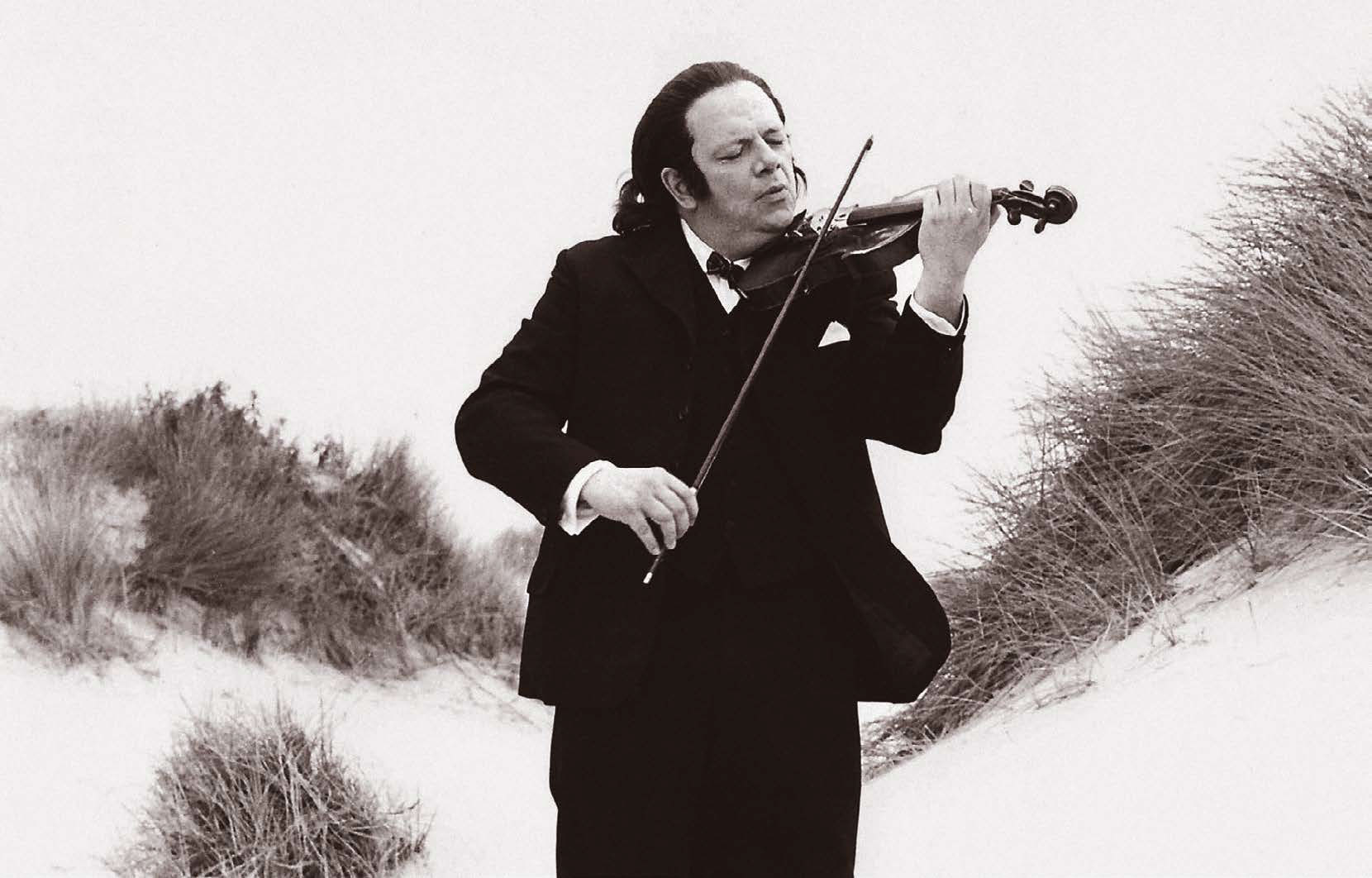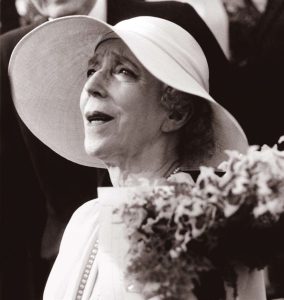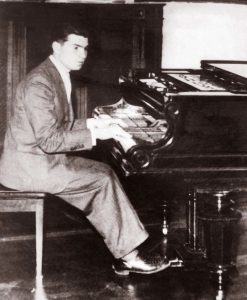The Crucible of Keys: A Century of Glory and Grit at the Queen Elisabeth Piano Competition
The piano world is buzzing with excitement this summer. As we predicted, recent media channels have been dominated by news and updates from three of the world’s most prestigious piano competitions: Chopin, Cliburn, and Queen Elisabeth. In its recent issue, the magazine “The World of Piano Competitions” dedicated a special feature to the Queen Elisabeth Competition, where Piano Street’s Patrick Jovell explores not only the current events but also its rich history spanning nearly a century.
In the heart of Brussels, where grand architecture whispers tales of bygone eras and the aroma of frites hangs sweetly in the air, a different kind of intensity takes hold every few years. It’s not the clamour of political debate or the buzz of diplomatic meetings, but the hushed anticipation surrounding the Queen Elisabeth International Music Competition. More specifically, its piano edition – a crucible where young virtuosi are tested, celebrated, and ultimately, forged into the stars of tomorrow. For nearly a century, this prestigious contest has not only unearthed exceptional talent but has also woven itself into the cultural fabric of Belgium and the wider musical world, its history a rich tapestry of royal patronage, artistic ambition, and the unwavering pursuit of pianistic excellence.

Leon Fleisher in 1952
The seeds of this legendary competition were sown in the interwar period, a time of both artistic flourishing and a yearning for cultural unity. Eugène Ysaÿe, the celebrated Belgian violinist, harboured a vision for a musical contest of the highest calibre, one that could rival the established competitions elsewhere in Europe. Though his initial focus was on violin, his close friendship with Queen Elisabeth of Belgium, a passionate music lover and accomplished violinist herself, broadened the scope. The Queen, deeply invested in the arts and recognizing the power of music to transcend borders, became a fervent supporter of Ysaÿe’s ambition.
Though Ysaÿe tragically died in 1931 before his dream’s full realization, Queen Elisabeth and a devoted committee ensured its continuation. The first Eugène Ysaÿe International Music Competition, focusing on violin, took place in 1937. Its success paved the way for the piano to be featured in 1938.

Eugène Ysaÿe
The early years of the piano competition were marked by both promise and disruption. The shadow of World War II loomed large, and the 1939 edition was tragically cut short due to the outbreak of hostilities. Yet, even amidst the turmoil, the competition demonstrated its resilience, returning in 1951 under its current name, the Queen Elisabeth International Music Competition. This renaming not only honoured its steadfast royal patron but also cemented her enduring association with the event.

Queen Elisabeth of Belgium
The competition’s format, refined over the decades, has become a hallmark of its rigorous and demanding nature. Unlike some contests that focus solely on repertoire performance, the Queen Elisabeth Competition places a significant emphasis on a newly commissioned work, specifically written for each edition. This unique element throws a curveball at the contestants, demanding not only technical mastery of established repertoire but also the ability to quickly learn, interpret, and perform a contemporary piece under intense pressure. This commissioned work often becomes a significant addition to the piano literature, showcasing the competition’s commitment to fostering new music.
The famously rigorous selection starts with video submissions judged by renowned musicians. Successful candidates proceed to public recitals in Brussels, where artistry, technique, and musicality are assessed. The semi-finals often include chamber music, evaluating collaborative abilities and ensemble integration
The culmination of the competition is the highly anticipated final week. Here, the twelve remaining candidates perform a concerto of their choice with a prestigious symphony orchestra. This final stage is a true test of their ability to command the stage, communicate with the orchestra, and project their interpretation on a grand scale. The tension in the concert hall during these performances is palpable, the weight of expectation heavy in the air.

Emil Gilels, 1938
Over the decades, the Queen Elisabeth Piano Competition has served as a launchpad for numerous stellar careers. Iconic names like Gilels, Fleisher and Ashkenazy along with recent stars like Giltburg, Vinnitskaya and Vondracek – all first-prize laureates – resonate through the annals of piano history. Their victories in Brussels marked pivotal moments in their ascent to international stardom, providing them with invaluable recognition, concert engagements, and recording opportunities.
However, the competition’s significance extends beyond simply identifying future stars. It fosters a unique environment of intense dedication and artistic exchange. Young pianists from around the globe converge in Brussels, united by their passion and their pursuit of excellence. The shared experience, the pressure of performance, and the opportunity to hear their peers often forge lasting connections and a deep respect for the art form.
Composed of globally celebrated pianists, educators, and conductors, the jury is vital to the competition’s prestige. Their closely followed decisions frequently ignite musical discussions. The jury’s integrity and expertise are essential for the competition’s credibility as a benchmark of outstanding talent.
The Queen Elisabeth Competition is not without its controversies and evolving dynamics. The subjective nature of artistic judgment inevitably leads to discussions and differing opinions on the jury’s choices. The increasing globalization of the music world has also brought a wider range of stylistic approaches and interpretations to the competition stage. Furthermore, the evolving landscape of the music industry and the challenges faced by young musicians in building sustainable careers add another layer of complexity to the competition’s role.
Yet, through these shifts, the fundamental spirit of the Queen Elisabeth Piano Competition remains steadfast. It continues to be a beacon of artistic aspiration, a rigorous proving ground, and a celebration of the enduring power and beauty of the piano. The hushed reverence in the Bozar concert hall as the first notes of a final concerto ring out, the collective breath held as the jury deliberates, the explosion of applause as the laureates are announced – these are moments that underscore the competition’s profound cultural significance.
While deeply rooted in a rich tradition of prestige and artistic rigor, the Queen Elisabeth Piano Competition has also demonstrated a commendable willingness to embrace thoughtful innovation over the years, ensuring its continued relevance and impact in a rapidly changing world. Here are a few notable areas where these progressive adaptations can be clearly observed:
A long-standing tradition that is in itself a remarkable innovation is the competition’s unique practice of commissioning a significant and entirely new musical work that all the finalists are required to learn, master, and perform within a remarkably short period of time (typically within the intense pressure of a single week), without any form of external guidance or assistance. This exceptionally demanding requirement places immense pressure on the young finalists, rigorously testing not only their formidable technical and profound musical abilities but also their crucial capacity to learn complex and unfamiliar music with exceptional speed and accuracy under considerable pressure, and to ultimately deliver a compelling and artistically convincing performance of this new work.
While the cherished and foundational standard classical repertoire naturally remains absolutely central to the competition’s framework, the selection of music for the earlier rounds often thoughtfully includes a greater representation of more contemporary and recently composed works. Notably, the esteemed jury has been observed to appreciate candidates who demonstrate a willingness to explore and perform more recently written piano concertos, sometimes even leading to higher rankings for those who showcase this adventurous spirit and embrace the music of our time.
Beyond the immediate intensity of the competition itself, the Queen Elisabeth Competition actively aims to provide tangible and meaningful support to the laureates in launching their international careers on a solid footing. This crucial support often includes offering valuable opportunities to perform for both radio and television audiences, as well as actively facilitating important connections and professional networks that can subsequently lead to prestigious concert engagements with leading orchestras and at renowned venues worldwide. The laureates’ highly anticipated recital tours following the intense final round further provide significant and invaluable performance opportunities, helping them to solidify their presence on the international stage
As it steadily approaches its momentous centenary, the Queen Elisabeth Piano Competition stands tall and proud as a powerful and enduring testament to the timeless legacy of its visionary royal patron and the unwavering dedication of countless individuals who have selflessly strived to uphold its exceptionally high standards of artistic excellence and integrity. It is demonstrably more than simply a musical contest; it has evolved into a cherished and vital cultural institution, a rigorous and transformative crucible where exceptional talent is both discovered and refined, and an indispensable and vibrant thread in the rich and intricate tapestry of classical music.
Text: Patrick Jovell
First published in The World of Piano Competitions – issue 1 2025
This article is published in collaboration with Pianist Magazin through Piano Street’s International Media Exchange Initiative and the Cremona Media Lounge.
 Pianist Magazin is published in seven countries, in two different editions: in German (for Germany, Austria, Switzerland, Luxemburg and Liechtenstein) and in Dutch (for Holland and Belgium).
Pianist Magazin is published in seven countries, in two different editions: in German (for Germany, Austria, Switzerland, Luxemburg and Liechtenstein) and in Dutch (for Holland and Belgium).
The magazine is for the amateur and professional alike, and offers a wide range of topics connected to the piano, with interviews, articles on piano manufacturers, music, technique, competitions, sheetmusic, cd’s, books, news on festivals, competitions, etc.
For a preview please check: pianist-magazin.de or www.pianistmagazine.nl
Comments